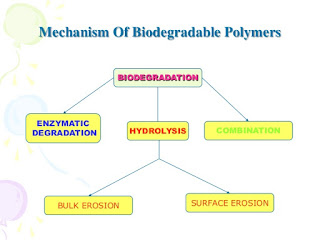MISCELLANEOUS ADJUVANTS (Pharmaceutical Ingredients)
They are as: Antioxidant, preservatives, coloring agents, flavoring agents, diluents, binder, Disintegrant, glidant, emulsifier, surfactant, suspending agents They must be not interfere with the pharmacological action. Classification of Adjuvants. T here are various types of excipients available in pharmaceutical formulation. They are, 1. Diluents. (Fillers/ bulking agents) 11. Colouring agents. 2. Binders. 12. Ointment base. 3. Disintegrating agents. 13. Solvent & Co-solvent. 4. Granulating agents. 14. Buffering Agents. 5. Lubricants. 15. Chelating Agents. 6. Glidants. 16. Viscosity imparting Agents. 7. Preservatives. 17. Surface Active Agents/ Surfactants. 8. Antioxidant. 18. Coating agents. 9. Flavouring agents. 19. Sorbents. 10. Sweeting agents 20. Humectants. Please visit on link page for detail study. If not available then I u





